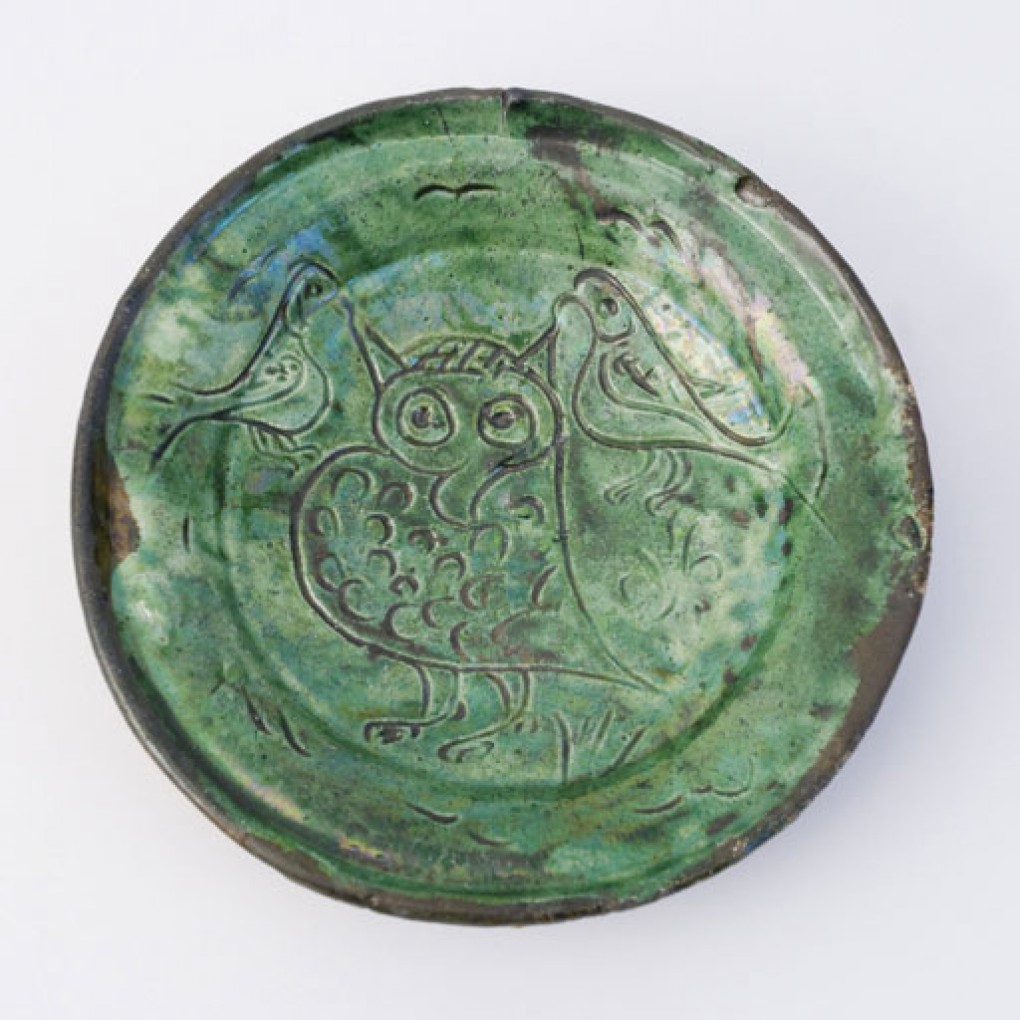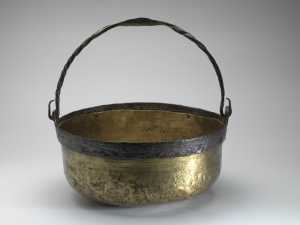Household Effects made of Pewter and Brass
In the late Middle Ages luxury objects made of brass and bronze were produced mainly in the Meuse valley (Dinant) and Germany (Hildesheim and Nuremburg) and exported to several European countries. Pewter objects for everyday use, such as dishes, salts, drinking vessels, flagons and religious accessories, such as fonts, pyxides and pilgrim flasks, were chiefly made in the Low Countries.
See also: Long Live Crafts: Base Metals































